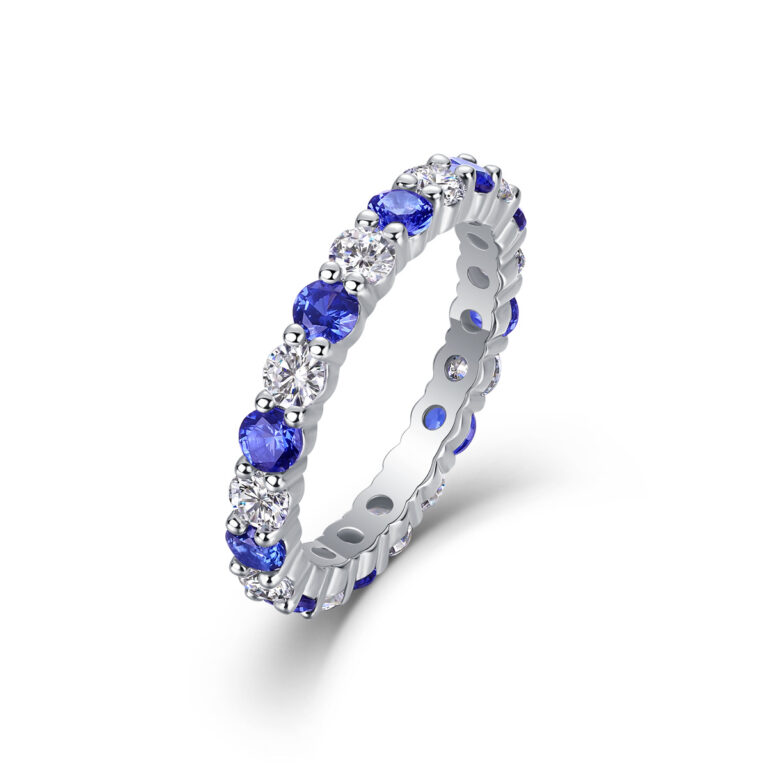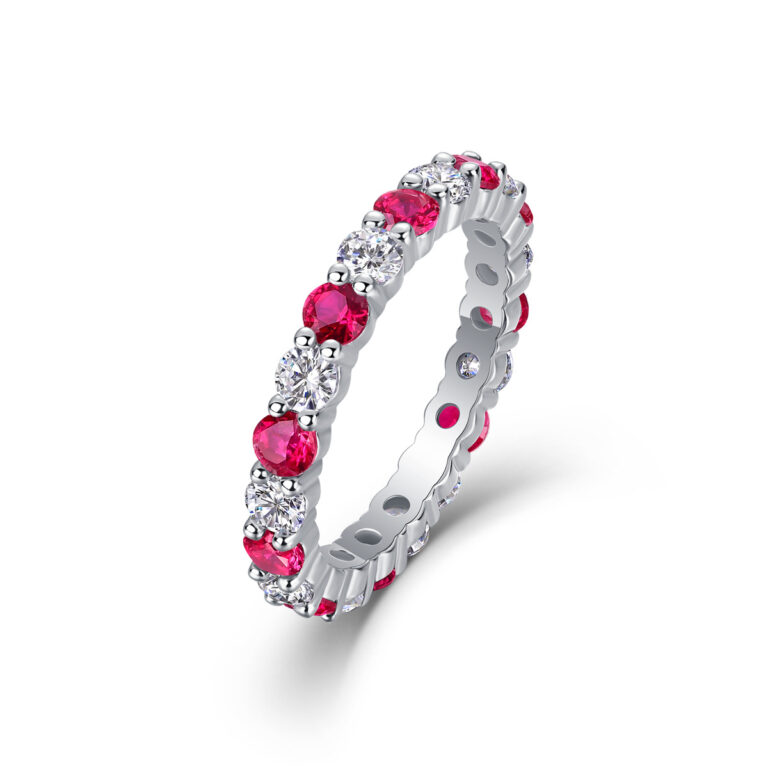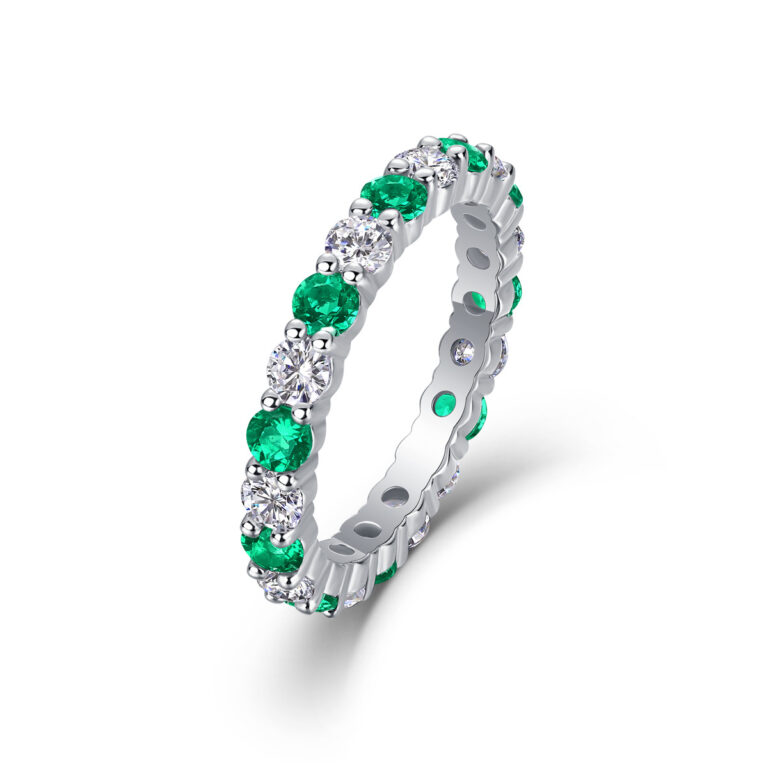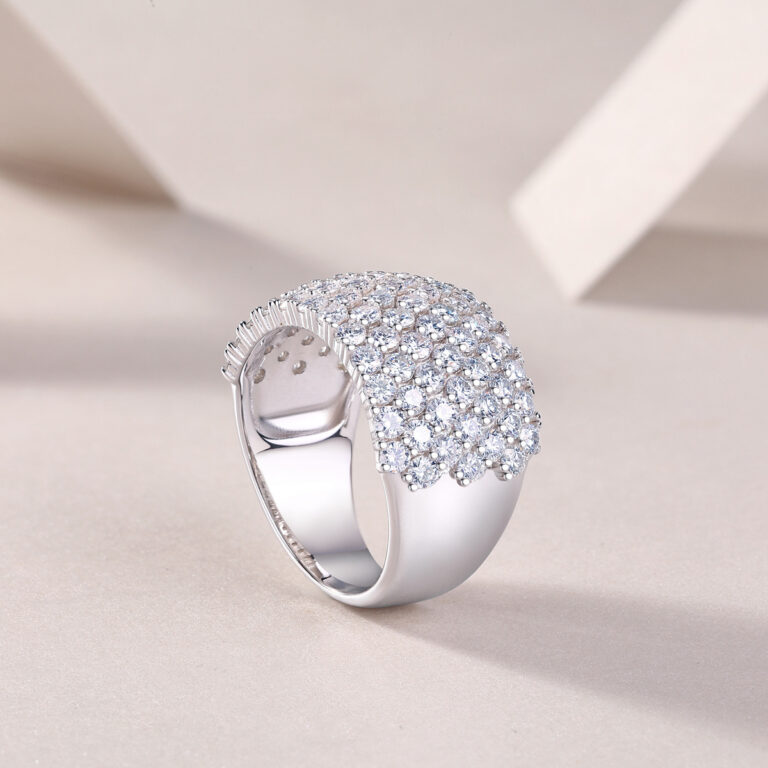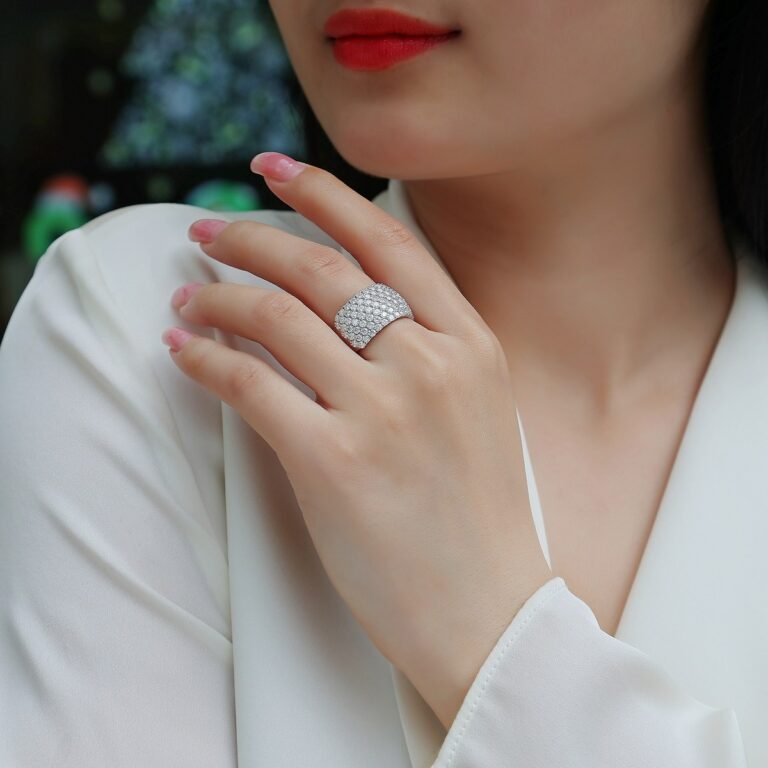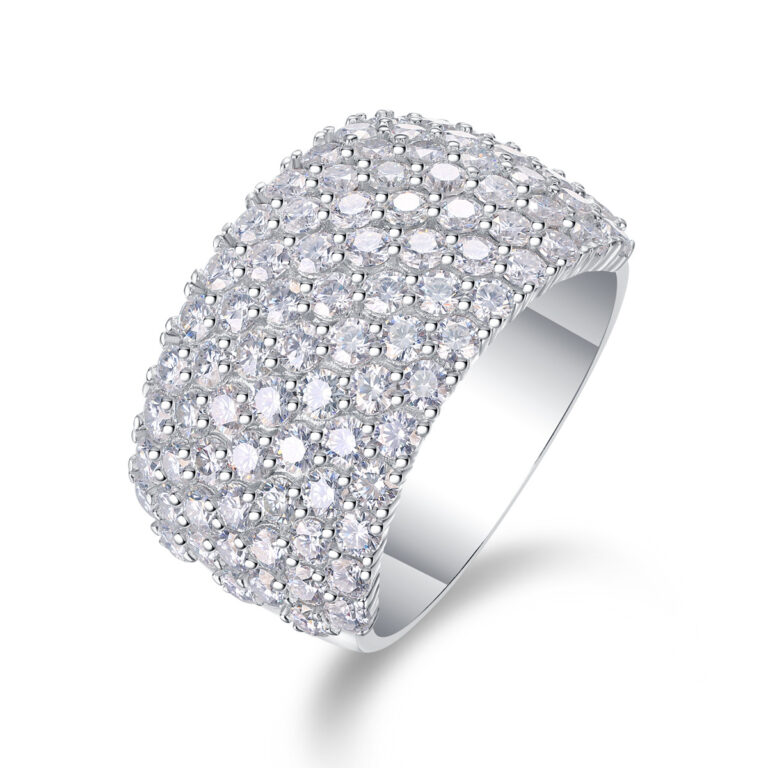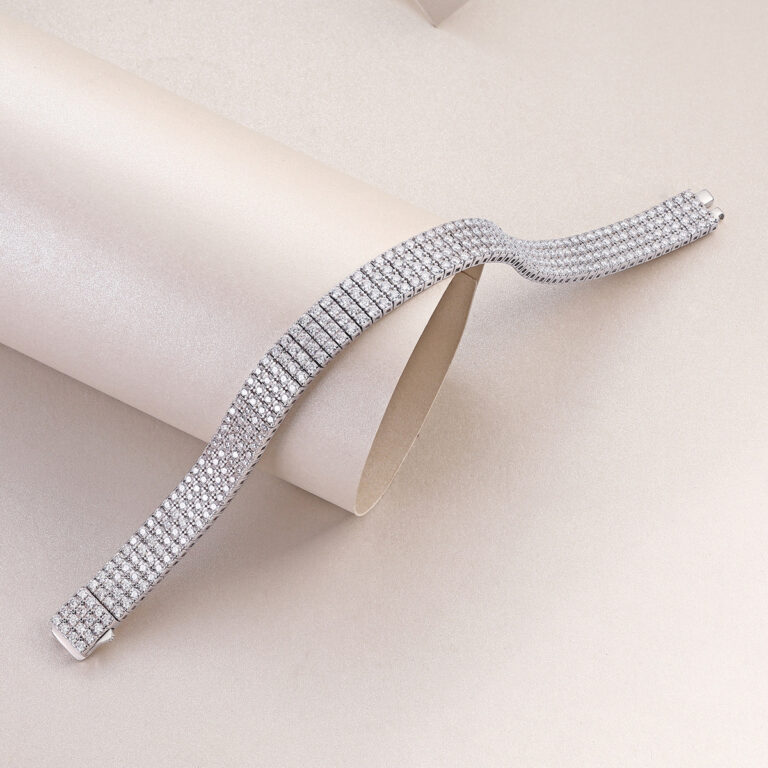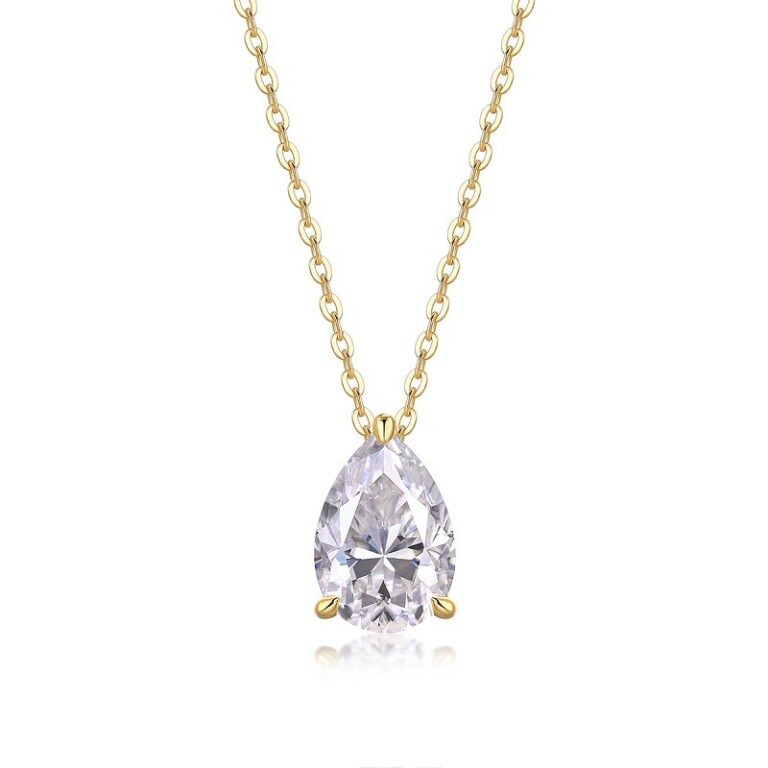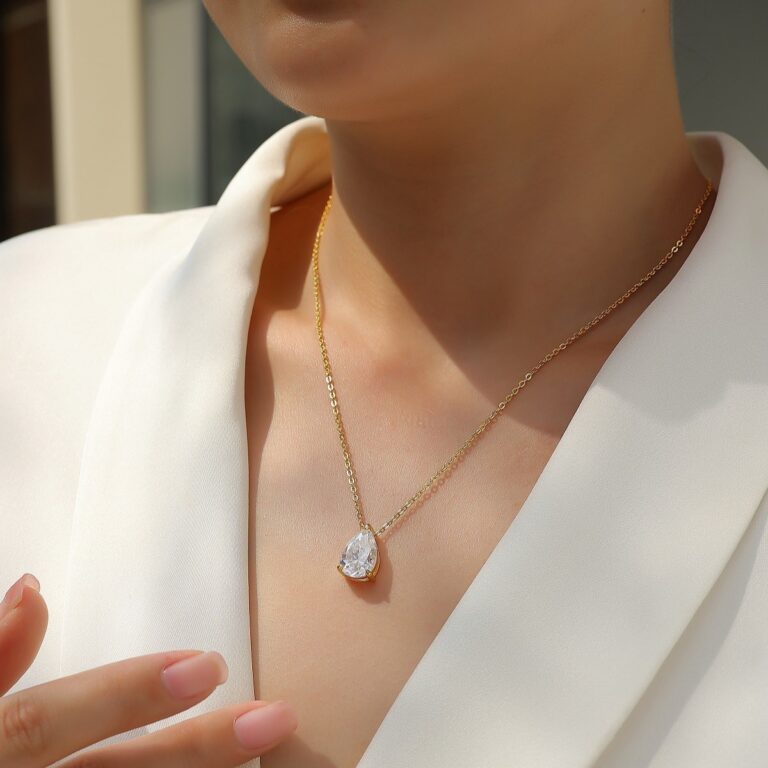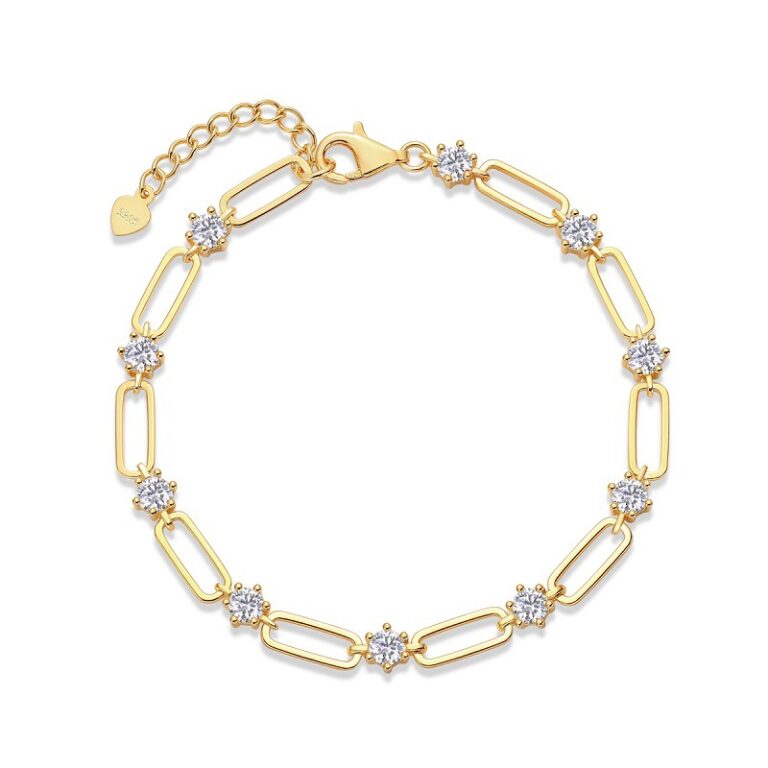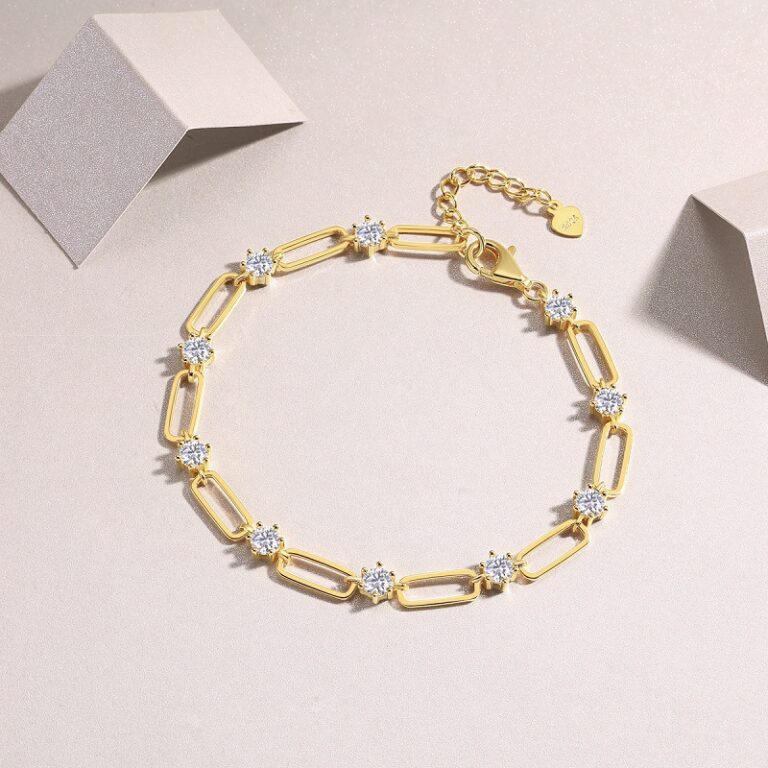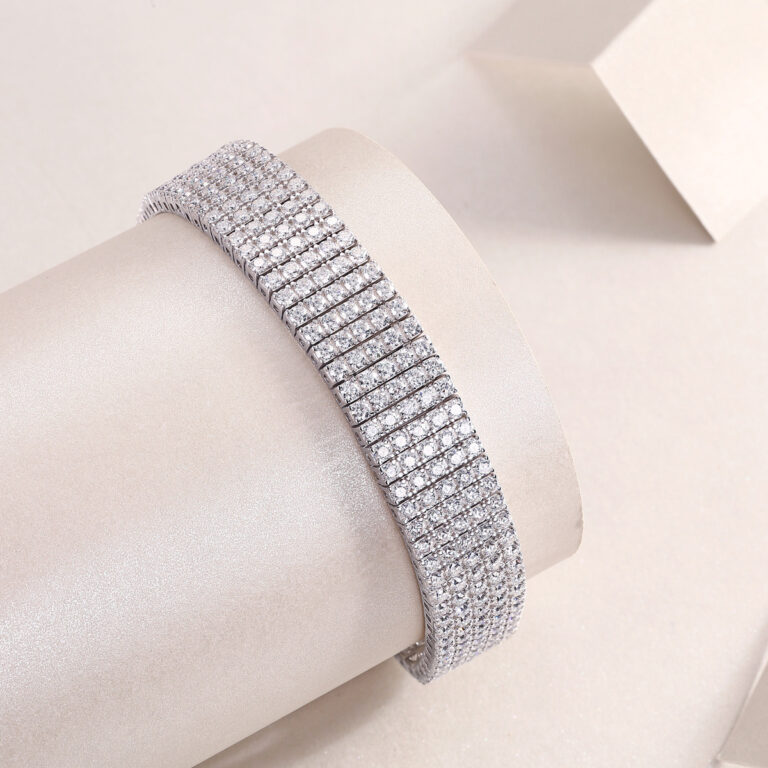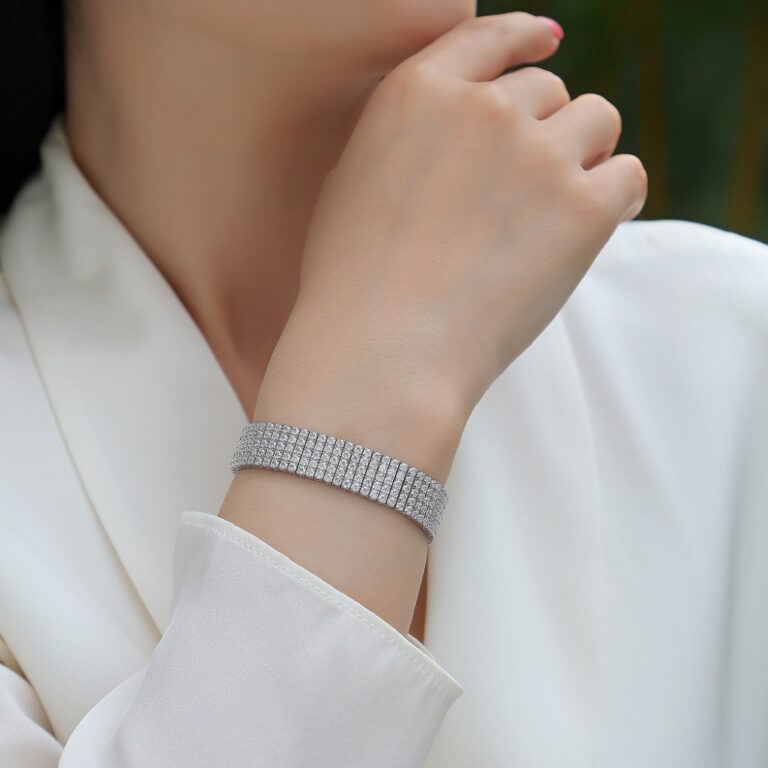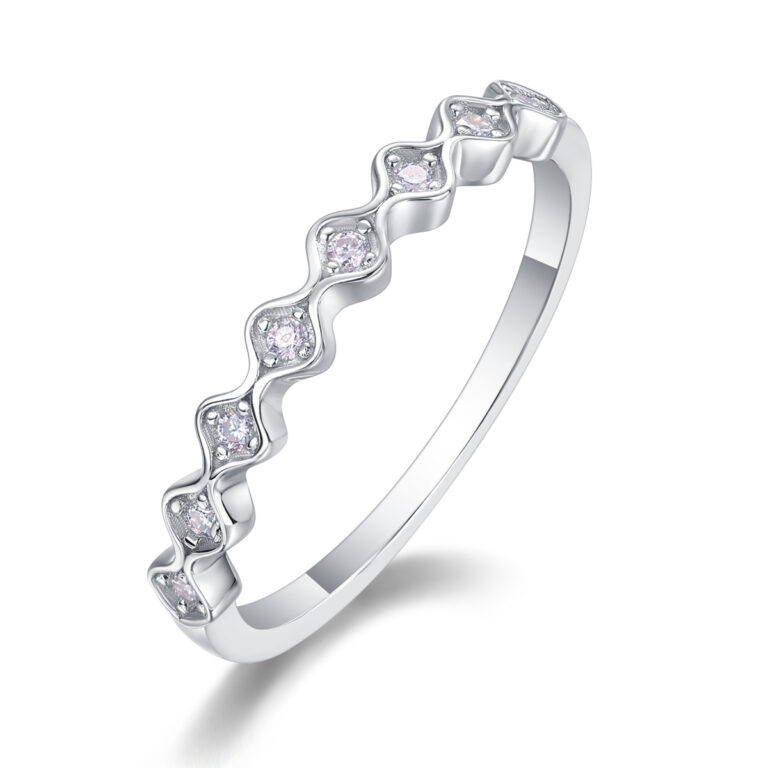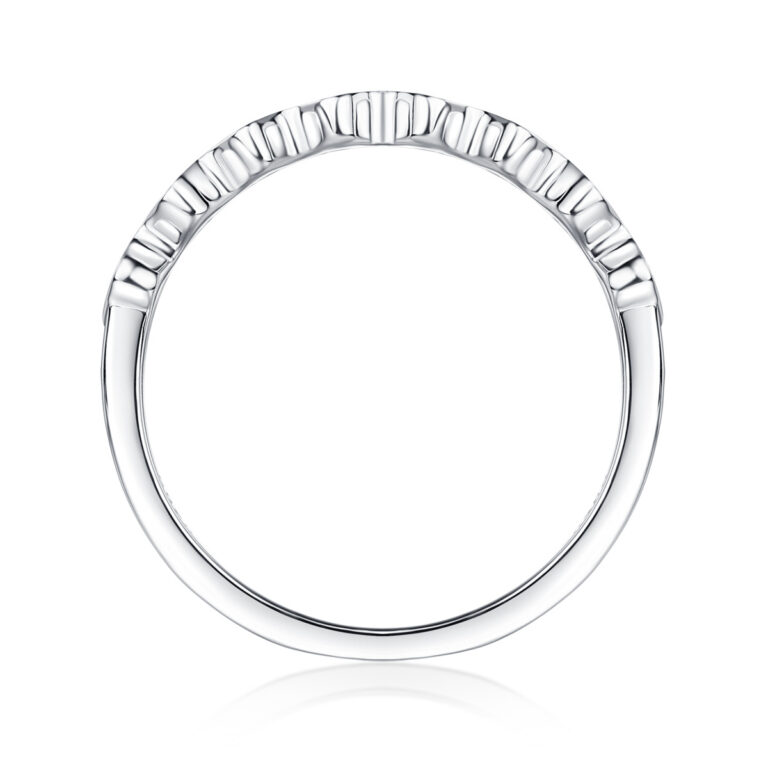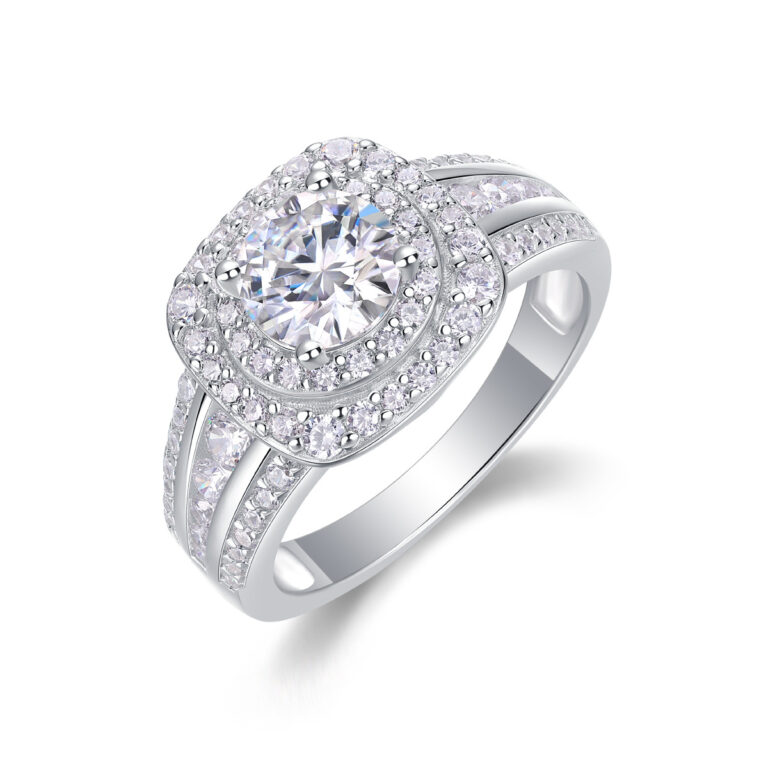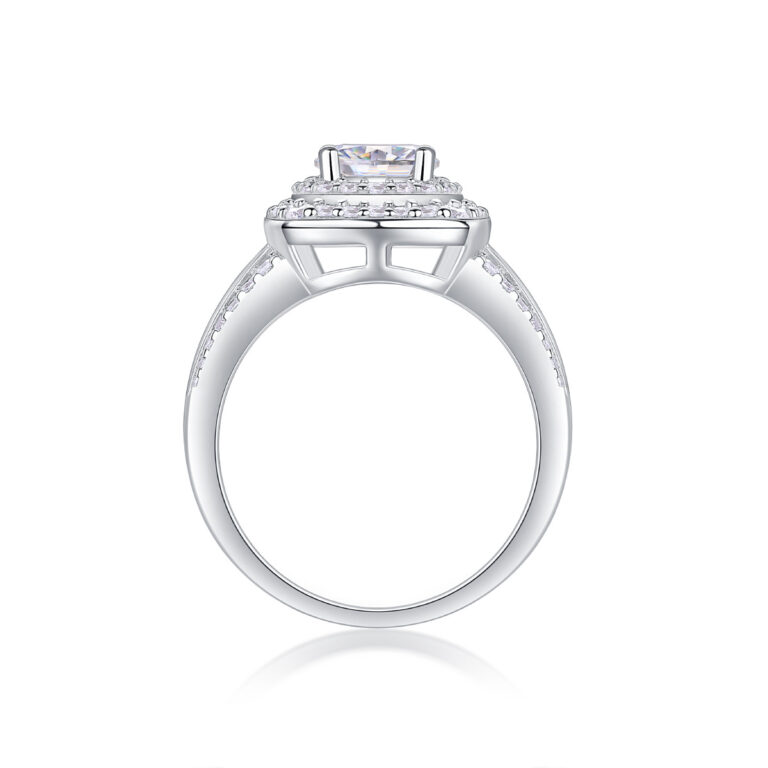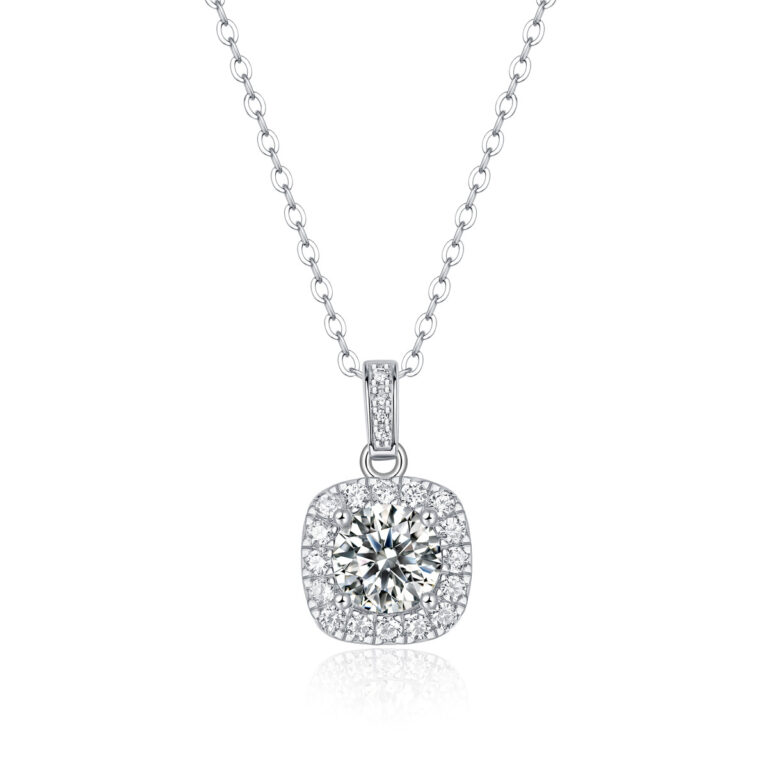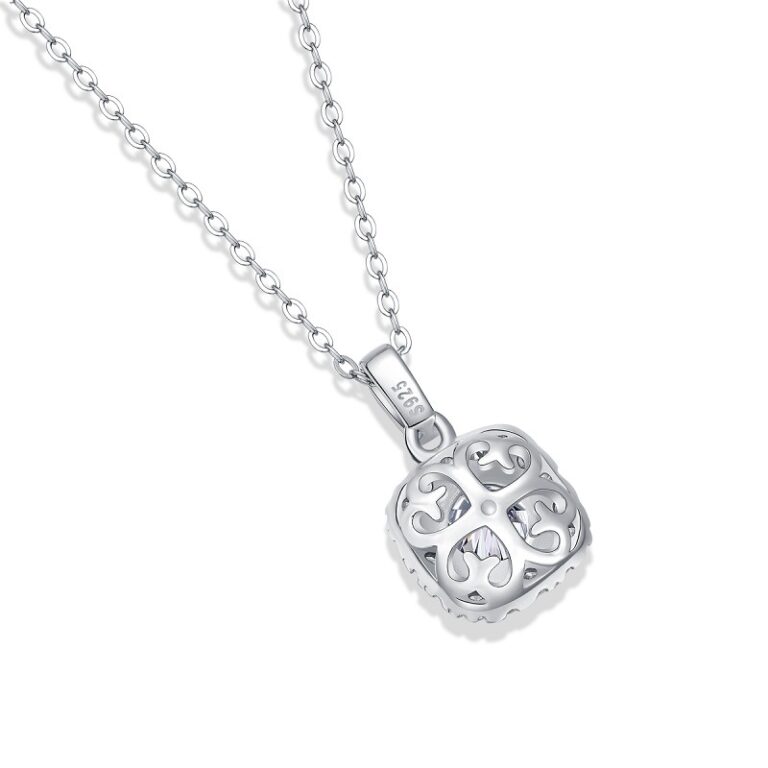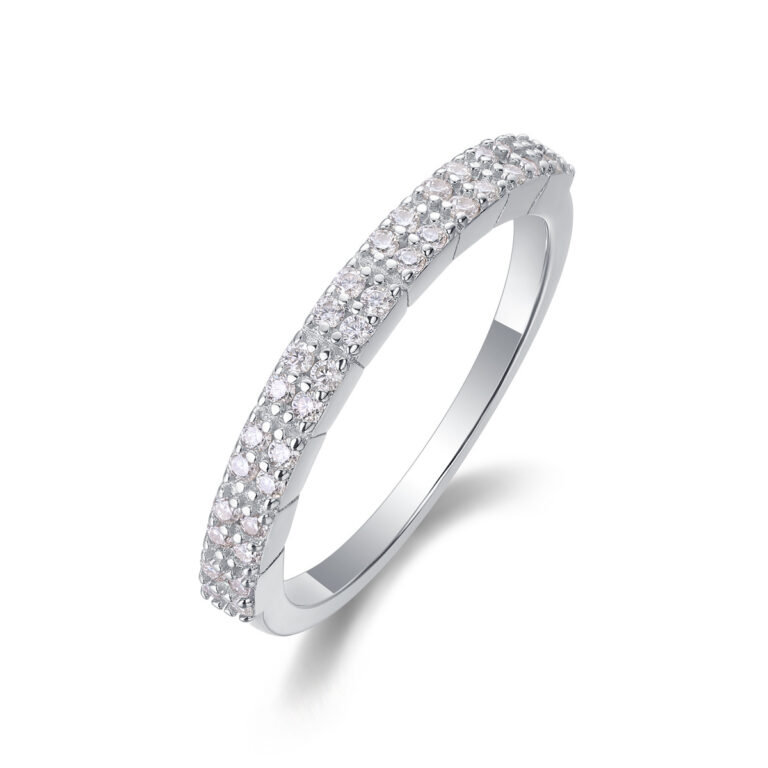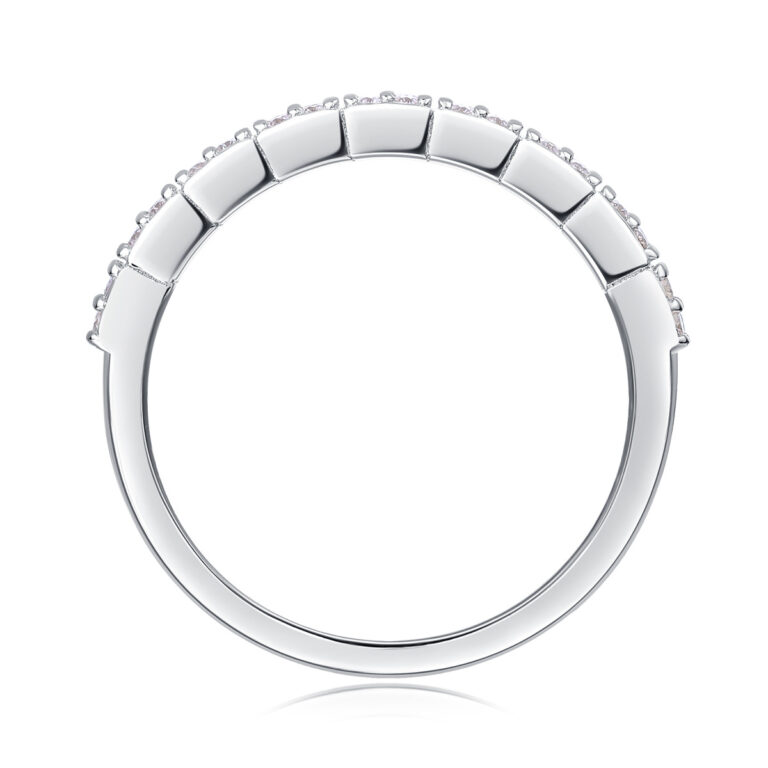Setting the right price for your dropshipping products isn’t just about covering costs—it’s about balancing competitiveness, customer loyalty, and profitability. Charge too much, and customers vanish. Charge too little, and your business crumbles. In this article, we’ll break down how to price your products (especially jewelry) using a cost-based strategy that keeps your margins healthy and your customers happy. Let’s dive in!
Table of Contents
- Understanding Your Business Stage
- Analyzing Customer Behavior
- Competitor Price Monitoring
- Calculating Cost Components
- Pricing Strategies for Low-Cost vs. High-Cost Products
- Practical Pricing Hacks
Understanding Your Business Stage
Are you just starting out or already established? Your pricing strategy depends heavily on this. New businesses need aggressive pricing to attract first-time buyers. For example, if you’re selling jewelry through dropshipping, offering a 15% discount on initial orders can hook customers. Once they trust your brand, upselling premium pieces becomes easier.
Established sellers, however, can raise prices slightly—but don’t get greedy. Regular promotions (like “Flash Sales” for seasonal jewelry) keep loyal customers engaged. A stable business with 10,000 monthly orders? A 5% price bump won’t scare buyers, especially if you bundle free shipping or gifts.
Analyzing Customer Behavior
Price sensitivity varies. If your audience shops for budget-friendly fashion jewelry, keep margins slim (e.g., $5 markup on a $15 necklace). But luxury buyers expect quality and service. A $200 silver bracelet can justify a 50% markup if you offer personalized engraving or 24/7 VIP support.
Pro tip: Use surveys or analytics tools to track buying patterns. if that exceed 10% of customers abandon carts at checkout, Your prices might be too high—or your shipping costs are killing the deal.
Competitor Price Monitoring
In markets like jewelry distribution, competitors often set the tone. Found a nearly identical pearl necklace priced at $30 elsewhere? Match it—or go lower. If your supplier charges $18 per unit, a $28 price tag (with free shipping) still leaves a 35% gross margin.
Can’t compete on price? Compete on value. Offer free returns, extended warranties, or eco-friendly packaging. For example, Buy a $50 ring, get a recycled velvet pouch costs you $2 but adds perceived value.
Calculating Cost Components
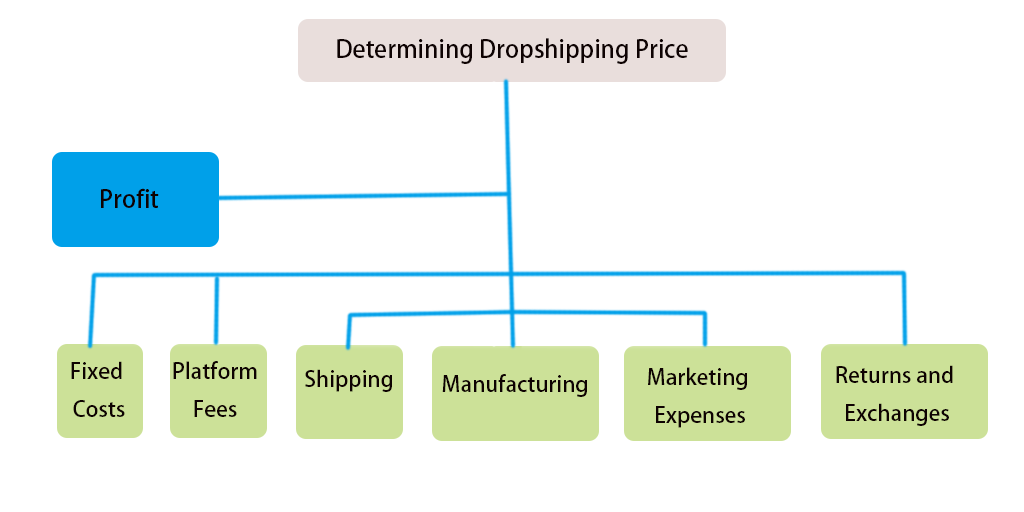
Fixed Costs
Divide annual fixed expenses (rent, salaries) by projected yearly sales. If your team costs $60,000/year and you sell 12,000 jewelry pieces, each item carries a $5 fixed cost. Scaling to 24,000 units? That drops to $2.50—a key reason volume matters.
Variable Costs
- Platform Fees: if e-commerce platform charges 1% + $0.30 per transaction. A $100 sale? Deduct $1.30.
- Shipping: This typically has a default value, but costs vary if the user selects a different shipping option.
- Manufacturing: Supplier quotes $20 for a rose gold pendant? That’s your base.
- Marketing Expenses: These are the costs sellers incur to acquire customers. Different sellers use different methods, leading to substantial differences in these expenses. Some may spend very little to acquire a customer, while others spend significantly more. Nonetheless, one constant is that the higher the rate of repeat purchases, the better marketing costs are distributed. Thus, delivering excellent customer service and fostering more repeat business should be a top priority for sellers.
- Potential Costs from Returns and Exchanges: User-initiated returns and exchanges can add expenses to the business. Sellers can work together with suppliers to reduce the rate of returns and exchanges, which in turn will lower these loss costs.
Pricing Strategies for Low-Cost vs. High-Cost Products
Low-Cost Items (e.g., $10 Stud Earrings)
These products have lower costs, so their prices cannot be set too high. For instance, you cannot sell a product that costs $1 for $100. For low-cost products, it’s best to design a profit margin that consumers can accept and price them at the break-even point. The goal is to make them widely popular among consumers, leading to a surge in sales and substantial profits. This pricing strategy is suitable for products with novel designs or innovative features, as they are more likely to appeal to consumers.
Apply a fixed markup. Cost: $10. Sell at $12 ($2 markup). Why? High volume compensates for slim per-unit profits. Bonus: Bundle low-cost items (“3 pairs for $33”) to boost order value.
High-Cost Items (e.g., $200 moissanite necklace)
These products have higher costs due to their higher unit prices, resulting in generally lower sales volumes. In this case, you can set a slightly higher profit margin to ensure the sustainability of the business model. This pricing strategy is suitable for high-quality products with extensive service support, as customers are more willing to pay extra for superior products and services.
Use percentage-based pricing. A 10% markup turns $200 into $220. Luxury buyers accept this if you highlight craftsmanship or ethical sourcing. Limited editions? Push to 20%.
Practical Pricing Hacks
Avoid Round Numbers
Consider using prices that are slightly below whole numbers. For instance, if you’re aiming for a retail price of around $1000, try using $999 or $998. Although the difference is small, it creates a perception of being very affordable. In practice, this pricing approach has been shown to effectively encourage consumers to make purchases. It’s especially effective for products that are similar to those of competitors. Even minor price differences can significantly enhance the perceived savings for consumers when products are similar.
Strategic Discounts
“This pricing strategy can be applied to all products. For instance, if a product costs $100 and the seller aims for a $10 profit, the selling price can be set at $120. By offering a $10 discount coupon, the user ends up paying only $110 after applying the coupon. This makes the user feel like they’ve received a substantial discount, increasing their willingness to make a purchase. This approach is especially effective for unique products that competitors don’t offer, as customers can’t compare prices in real-time. In such cases, providing discount coupons becomes even more effective.
Final thought: Pricing isn’t static. Revisit every quarter—especially in fast-moving niches like jewelry. Track metrics, tweak strategies, and always keep an eye on your bottom line.
